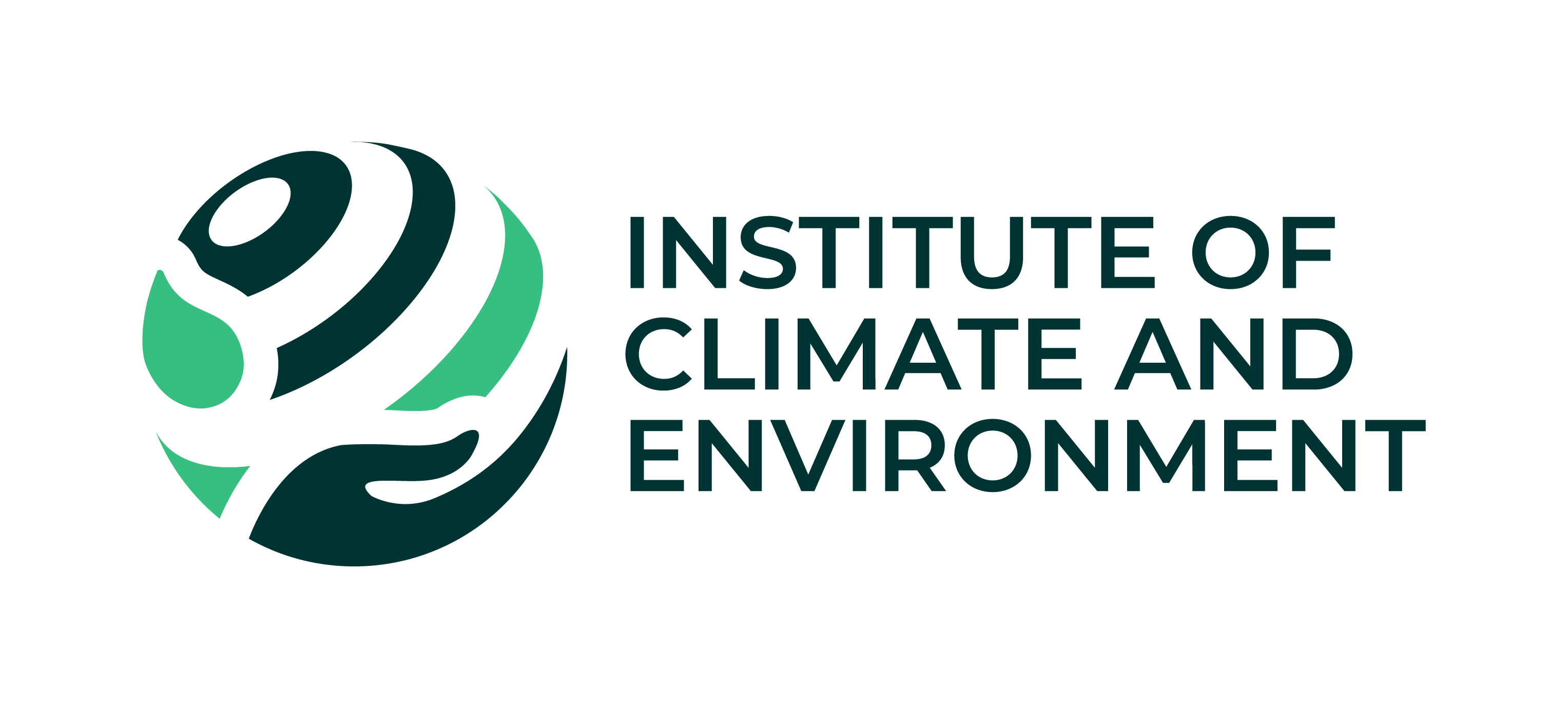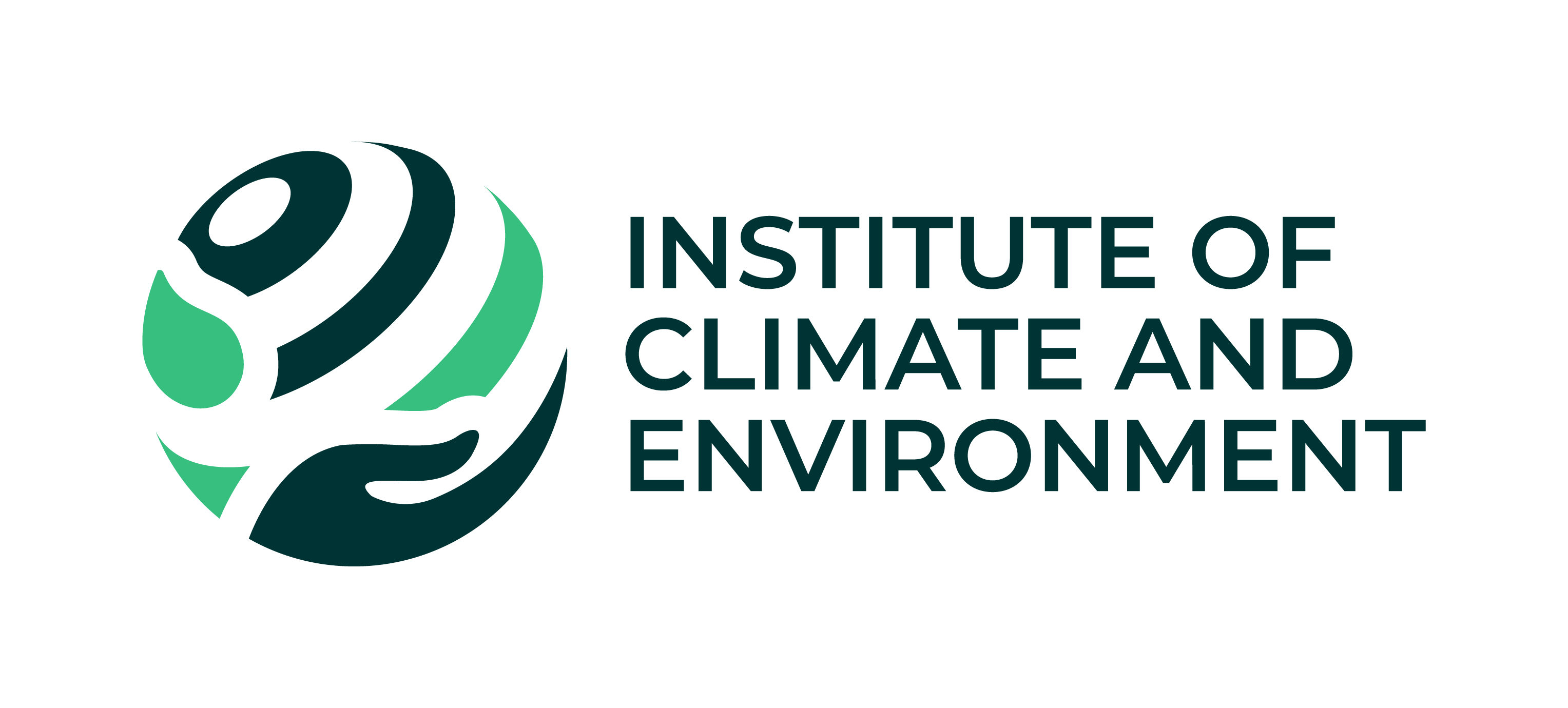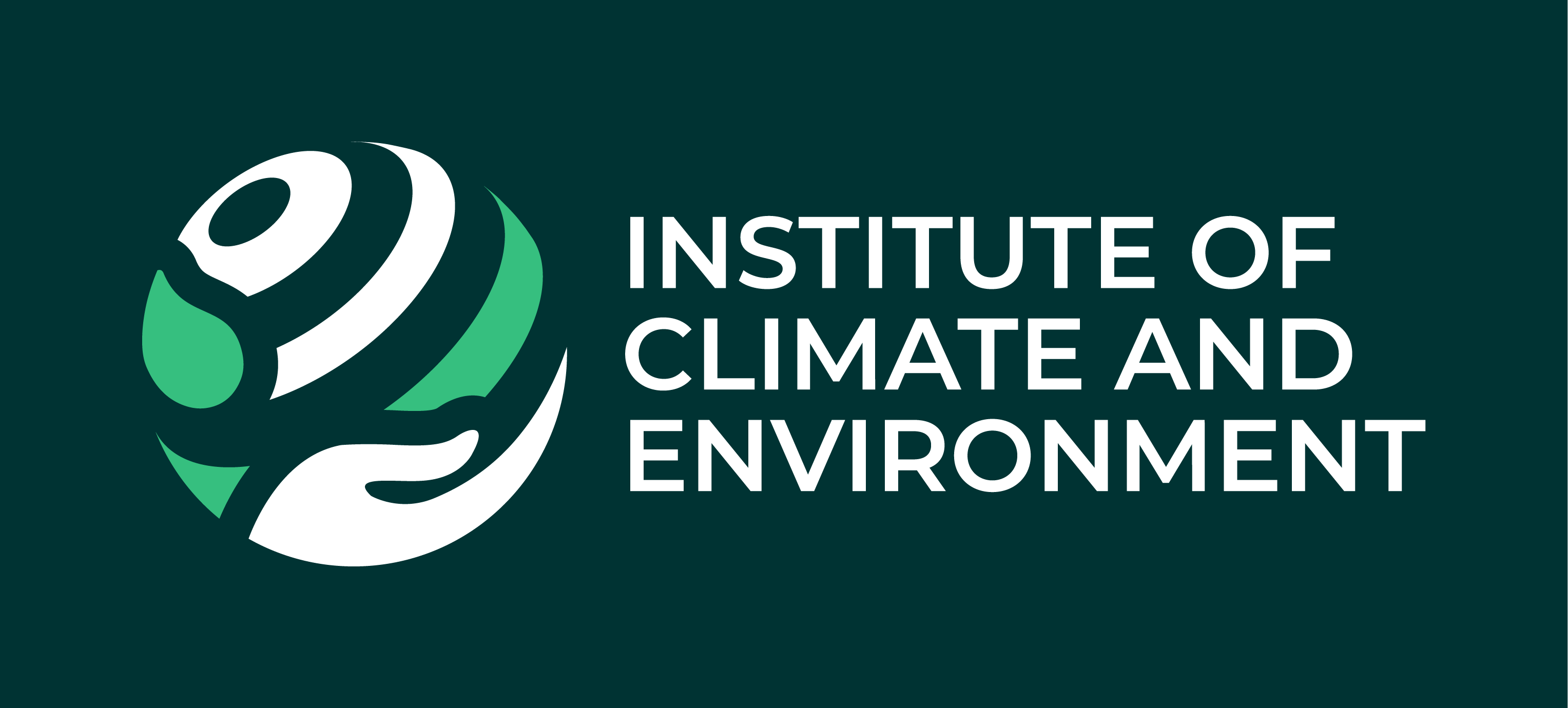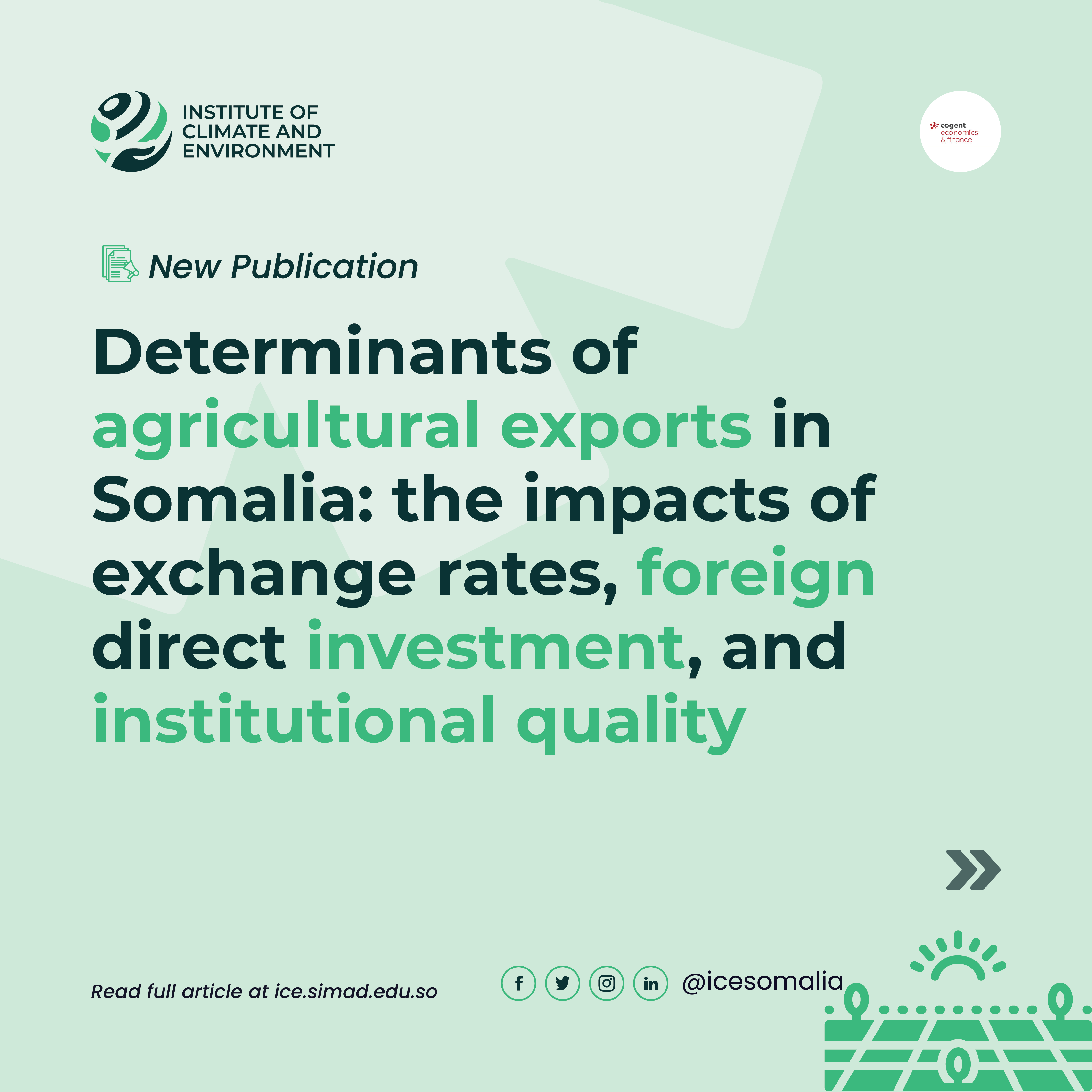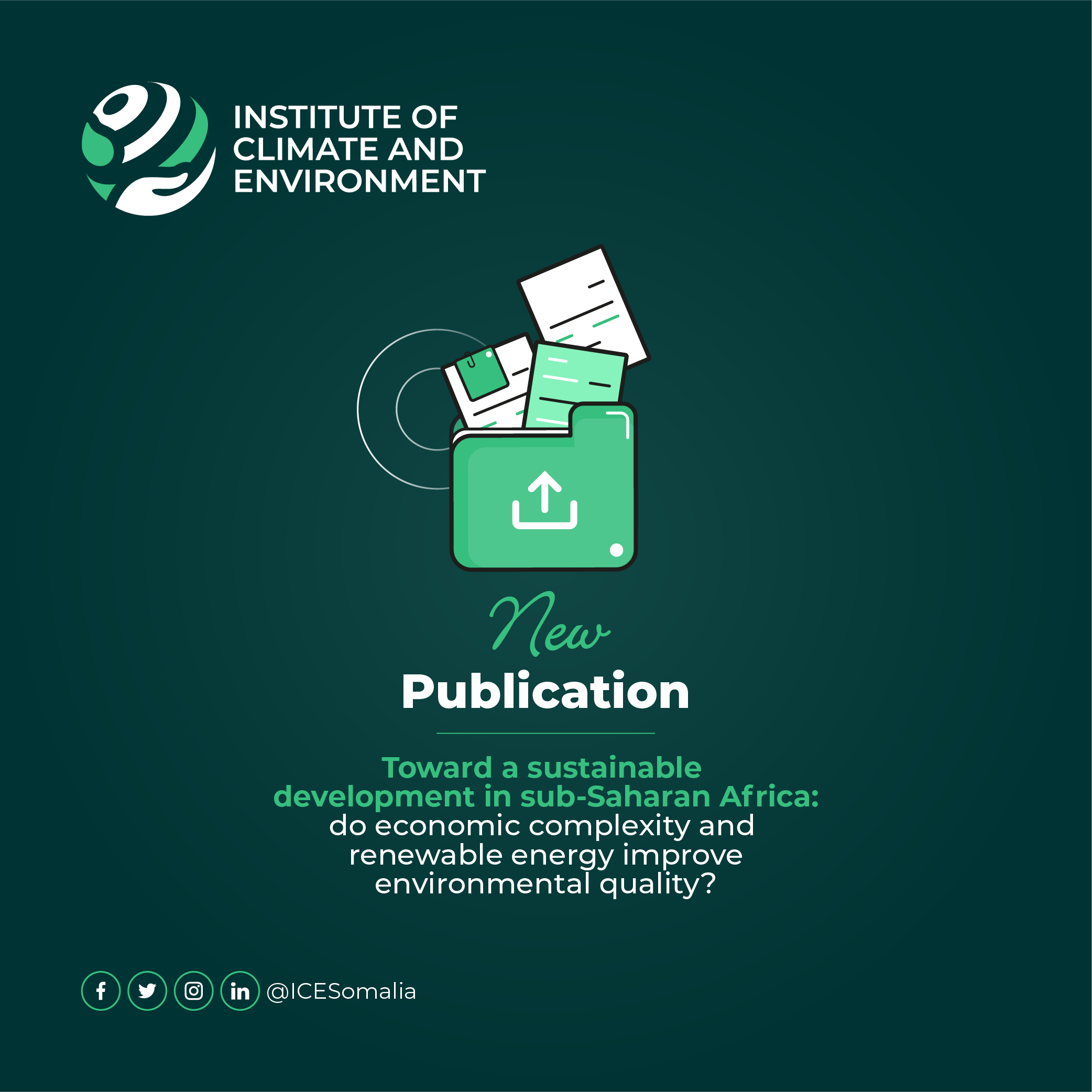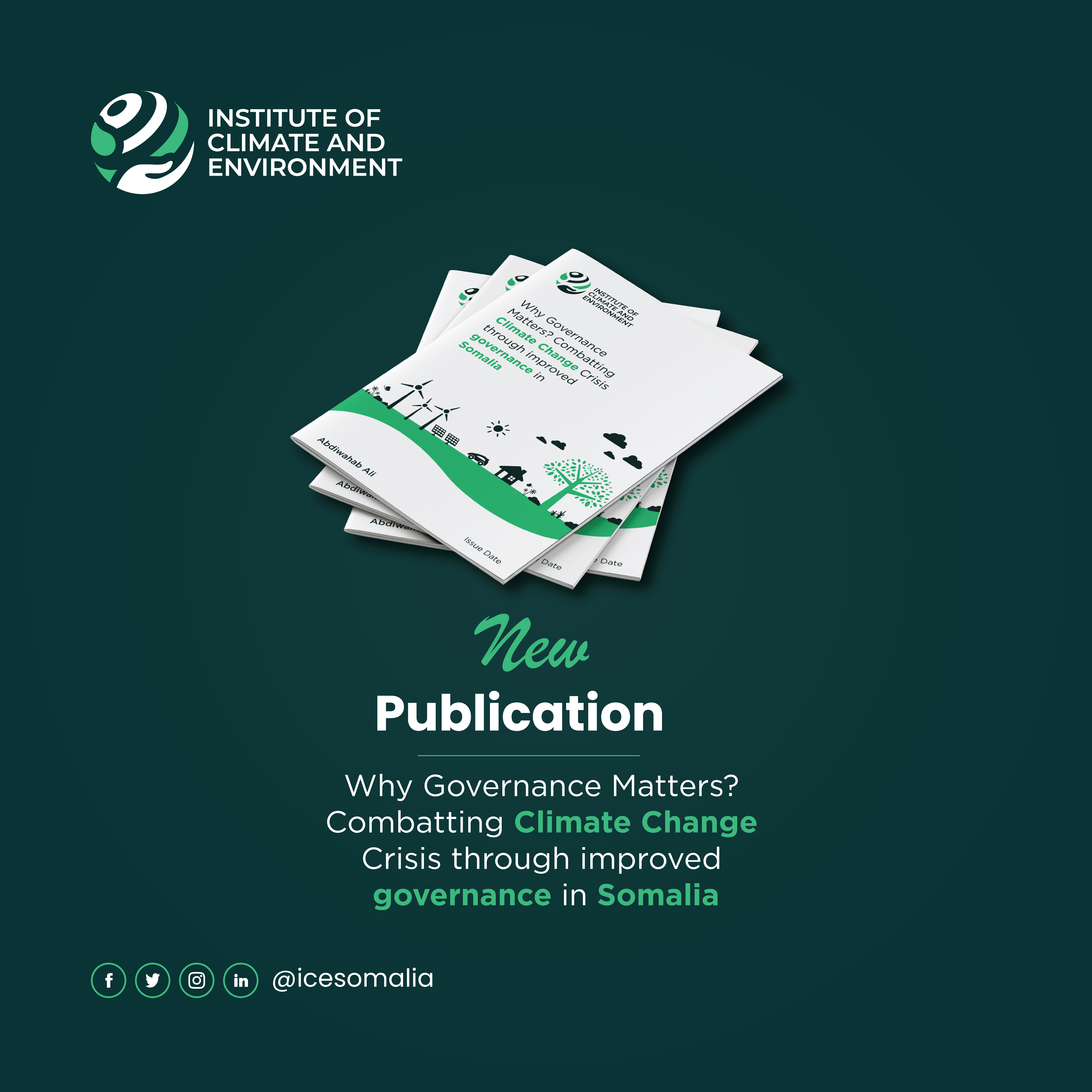
State of Climate in Somalia 2025
Somalia is facing a rapidly intensifying climate crisis marked by rising temperatures, erratic rainfall, and increasing extreme weather events. With over 90% of its land classified as arid or semi-arid, the country remains dangerously vulnerable to droughts, floods, and food insecurity. Following the catastrophic flooding in 2023, projections for 2025 warn of continued instability, threatening livelihoods, agriculture, and water security.
A new briefing by ICE highlights several alarming trends: Somalia’s average temperature could rise by up to 1.9°C within the next decade, drastically reducing water availability and increasing drought risk. Rainfall remains inconsistent, driven in part by climate phenomena like El Niño and La Niña, which are expected to exacerbate dry spells and flash floods. Compounded by sea level rise and saltwater intrusion in coastal areas, access to fresh water continues to decline, impacting millions.
To prevent a worsening humanitarian crisis, the report outlines urgent actions: strengthening early warning systems, scaling sustainable agriculture practices, conserving water resources, and investing in renewable energy to replace the costly, polluting diesel generators currently in use. With deforestation accelerating due to charcoal dependence, reforestation and community education are also vital.
Somalia’s path forward demands a coordinated national and international response—one that combines climate financing, improved governance, and grassroots resilience building. Without urgent intervention, the country’s most vulnerable communities will face even harsher conditions in the years to come.
Explore the full factsheet to learn how Somalia can confront the climate crisis and protect its people and environment.
